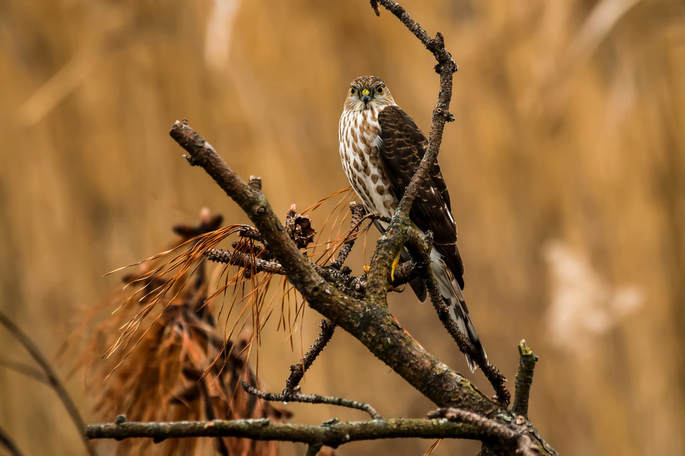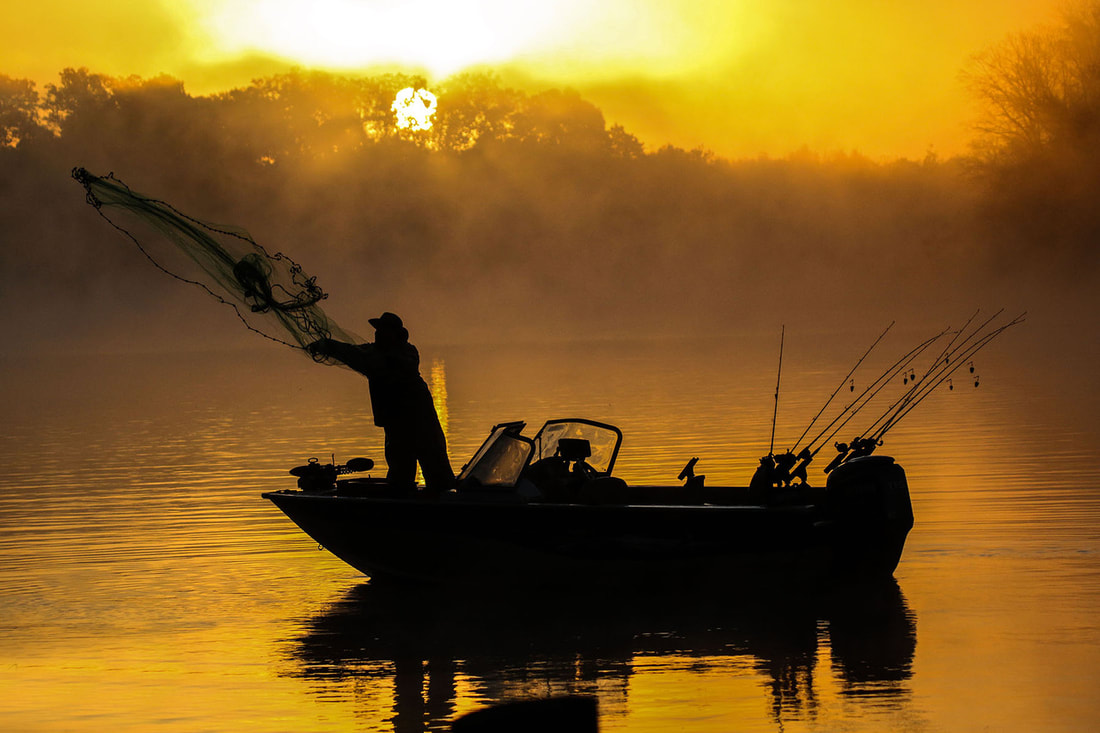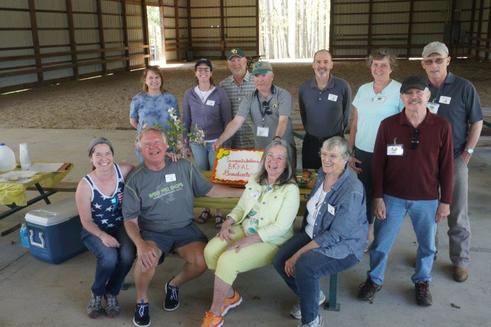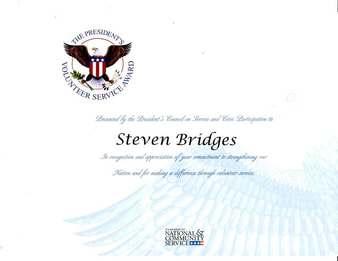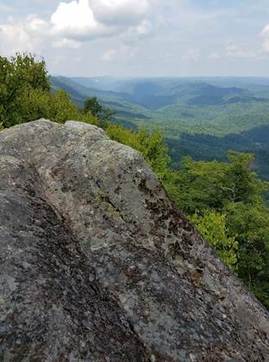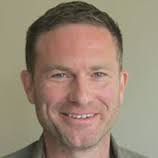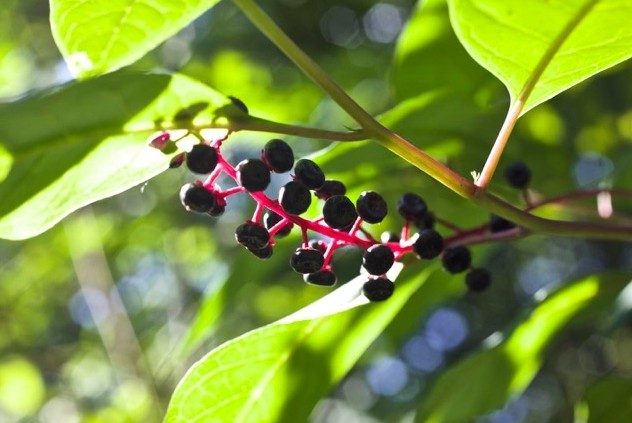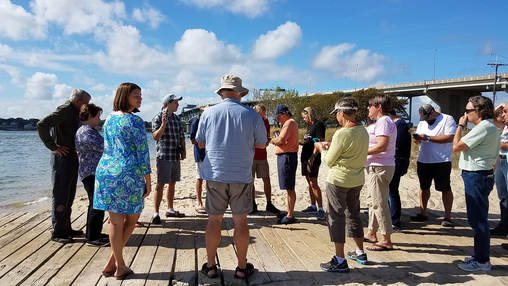New Milestone Achievements by VMN Volunteers – Summer 2018
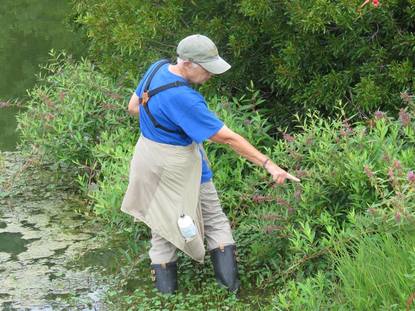 Shirley Devan, a VMN volunteer in the Historic Rivers Chapter, recently became one of just a few people to have completed 5,000 hours of volunteer service with the program. Photo by Ginny Broome (VMN-Historic Rivers Chapter.)
Shirley Devan, a VMN volunteer in the Historic Rivers Chapter, recently became one of just a few people to have completed 5,000 hours of volunteer service with the program. Photo by Ginny Broome (VMN-Historic Rivers Chapter.)
Below, we have listed the volunteers who have achieved these milestones between January and June 2018 (based on reports received by our chapters as of July 31.) Some of these volunteers have demonstrated long-term dedication through many years with the program. Others have joined the program more recently, but they have done extraordinary levels of service in a short time frame. We are honored to have all of them sharing their time and talents as Virginia Master Naturalist volunteers, and we are pleased to recognize their efforts in this newsletter and with special milestone pins. Their names are listed alphabetically within each chapter.
In addition, although we cannot list them all here, we are thrilled to recognize the many Virginia Master Naturalist volunteers who certified for the first time this year, meaning they completed 40 hours of volunteer service and 8 hours of continuing education. Congratulations, everyone, and thank you for your service!
|
5,000 Hour Milestone
Shirley Devan (Historic Rivers Chapter) 2,500 Hour Milestone 1,000 Hour Milestone 500 Hour Milestone |
250 Hour Milestone
Anne Ellis (Banshee Reeks Chapter) Allison Gallo (Banshee Reeks Chapter) Jonathan Kauffman (Banshee Reeks Chapter) Nan McCarry (Banshee Reeks Chapter) Pat Murphy (Banshee Reeks Chapter) Peter Brinckerhoff (Blue Ridge Foothills and Lakes Chapter) Geoff Orth (Blue Ridge Foothills and Lakes Chapter) Beth Pautler (Blue Ridge Foothills and Lakes Chapter) Mary Ames (Central Piedmont Chapter) Warren Rofe (Central Piedmont Chapter) Mary Benger (Fairfax Chapter) Beth Bosecker (Fairfax Chapter) Diane Bowen (Fairfax Chapter) Ron Grimes (Fairfax Chapter) Kris Lansing (Fairfax Chapter) Janet Quinn (Fairfax Chapter) Michael Reinemer (Fairfax Chapter) Cynthia Sears-McGeehin (Fairfax Chapter) Cindy Baker (Historic Rivers Chapter) Cathy Flanagan (Historic Rivers Chapter) Bruce Glendening (Historic Rivers Chapter) George Reiske (Historic Rivers Chapter) Brenda Uekert (Historic Rivers Chapter) Rick Brown (Historic Rivers Chapter) Wendy Short (Old Rag Chapter) David Lauthers (Peninsula Chapter) Laura Nusz (Peninsu la Chapter) Ward Phelps (Peninsula Chapter) Lori Ando (Pocahontas Chapter) John Brannan (Pocahontas Chapter) James Key (Pocahontas Chapter) Linda Key (Pocahontas Chapter) Aseeyah Rhinesmith (Pocahontas Chapter) Gwen Baber (Rivanna Chapter) Carolyn Long (Rivanna Chapter) John Wilkinson (Rivanna Chapter) John Bailey (Riverine Chapter) Suz Frost (Riverine Chapter) Art Ritter (Riverine Chapter) Jane Taft (Riverine Chapter) Lynn Wilson (Riverine Chapter) Laura Woody (Riverine Chapter) Jane Colgan (Shenandoah Chapter) Sara Dydak (Shenandoah Chapter) Mady Tobias (Shenandoah Chapter) Janine Howard (Southwestern Piedmont Chapter) |
New Milestone Achievements by VMN Volunteers – Summer 2018 Read Post »

